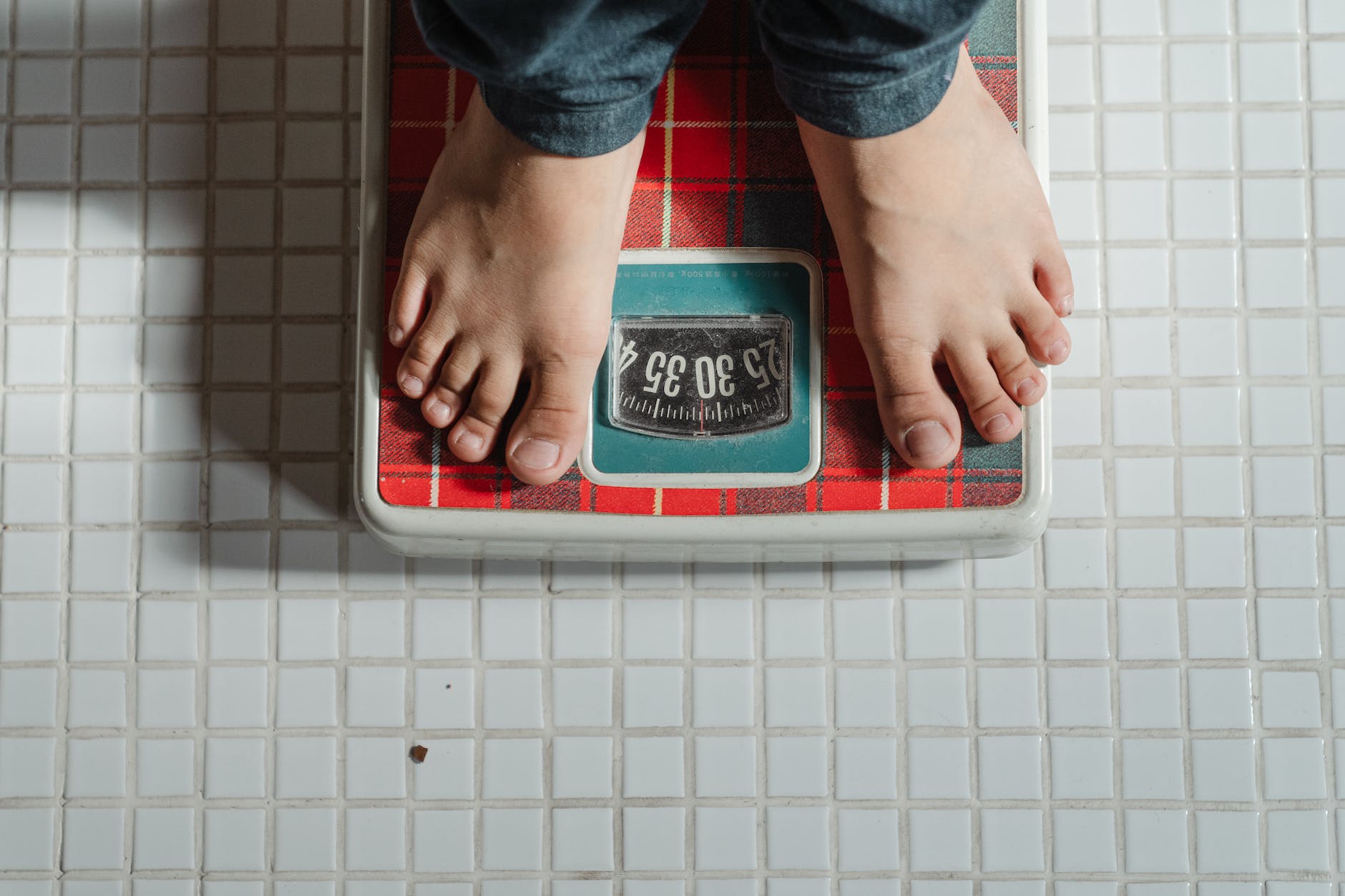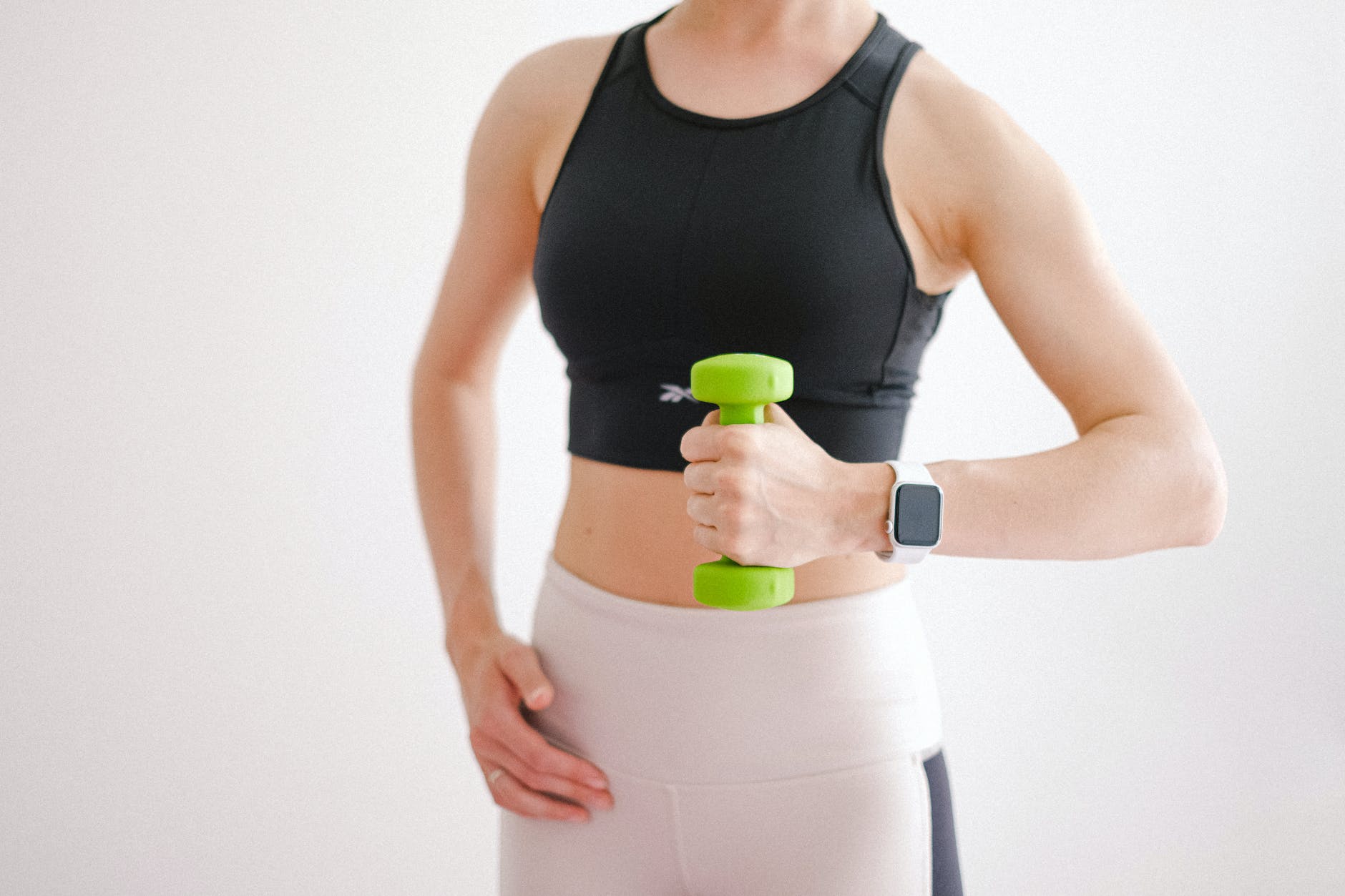
In the realm of health and fitness, body fat percentage has emerged as a more insightful metric than weight alone. It provides a clearer picture of one’s overall health, potential risks, and areas for improvement. This guide delves into the intricacies of body fat percentage, helping you understand, measure, and achieve your ideal physique.
2024 Update: The Evolving Landscape of Body Fat Measurement
As we step into 2024, the realm of body fat measurement has witnessed significant advancements, offering more precise and user-friendly ways to track and manage body composition. This update delves into the latest trends and technologies, blending technical insights with practical advice to help you stay ahead in your health and fitness journey.
Embracing Advanced Technologies
- Bioelectrical Impedance Analysis (BIA) Revolution: The accuracy of BIA devices has significantly improved, making them a popular choice for both home users and fitness professionals. These devices now offer more detailed data, including segmental fat analysis and muscle mass distribution, enhancing the precision of body composition assessments.
- Rise of Smart Scales: Smart scales have become more sophisticated, integrating seamlessly with fitness apps and providing a comprehensive overview of your health metrics. They not only measure body fat but also track muscle mass, bone density, and water percentage, offering a holistic view of your body composition.
- Portable DEXA Scans: Once limited to clinical settings, DEXA (Dual-Energy X-ray Absorptiometry) technology has become more accessible. Portable DEXA scanners, though still a premium option, are increasingly used for the most accurate body composition measurements, especially in athletic and research settings.
Practical Tips for Accurate Measurement
- Consistency is Key: Regardless of the method you choose, consistency in measurement conditions is crucial. Always measure at the same time of day, preferably in the morning, and under similar conditions to ensure accuracy over time.
- Understand the Data: With advanced metrics available, it’s important to understand what these numbers mean. Muscle mass, water weight, and bone density play a significant role in your overall health and should be considered alongside body fat percentage.
- Integration with Fitness Regimes: Use these measurements to tailor your fitness and nutrition plans. For instance, if your muscle mass is lower than desired, you might focus more on strength training. Similarly, a high body fat percentage could lead to a more cardio-focused regimen.
The Future is Personalized
The future of body fat measurement is not just about accuracy, but also personalization. With AI integration, these devices can now offer personalized health and fitness advice based on your unique body composition. This means more effective workouts, diet plans, and health strategies tailored just for you.
A Holistic Approach to Health
Remember, body fat percentage is just one aspect of your health. A holistic approach, considering mental well-being, sleep quality, and stress management, is essential for a truly healthy lifestyle. Use these advanced tools not just to track numbers, but to understand and improve your overall well-being.
In conclusion, 2024 brings exciting advancements in body fat measurement, making it easier and more accurate than ever to track your health and fitness progress. Embrace these technologies, understand the data, and use it to craft a personalized, holistic approach to your health journey.
1. Introduction to Body Fat Percentage
Body fat percentage is a measure of the total fat in your body compared to your total weight. It offers a more holistic view of health, shedding light on muscle-to-fat ratio, potential health risks, and areas of improvement.
2. Why is Body Fat Percentage Important?
- Health Indicators: A high or low body fat percentage can indicate potential health risks.
- Fitness Goals: Tailoring workouts and diets based on body fat percentage can lead to more effective results.
- Aesthetic Goals: Achieving a certain body fat percentage can lead to desired physical appearances.
3. What is a Good Body Fat Percentage?
- Men: A healthy range for men typically lies between 10-20%. Athletes might aim for as low as 6-13%, while average men might fall in the 18-24% range.
- Women: Women naturally have a higher body fat percentage, with a healthy range being 20-30%. Athletes might aim for 16-23%, and average women might be in the 25-31% range.
4. Body Fat Percentage Charts and Their Significance
Charts provide a visual representation, breaking down body fat percentages by age, gender, and fitness level. They offer a benchmark to compare against and set realistic goals.
Here’s a basic body fat percentage chart based on age and gender. This chart provides general guidelines and can vary based on individual factors:
Body Fat Percentage Chart
| Age/Gender | Essential Fat | Athletes | Fitness | Average | Overweight | Obese |
|---|---|---|---|---|---|---|
| Men (20-39) | 2-5% | 6-13% | 14-17% | 18-24% | 25-31% | >32% |
| Men (40-59) | 2-5% | 11-14% | 15-18% | 19-28% | 29-34% | >35% |
| Men (60+) | 2-5% | 13-16% | 17-19% | 20-29% | 30-35% | >36% |
| Women (20-39) | 10-13% | 14-20% | 21-24% | 25-31% | 32-39% | >40% |
| Women (40-59) | 10-13% | 16-23% | 24-27% | 28-34% | 35-42% | >43% |
| Women (60+) | 10-13% | 17-24% | 25-28% | 29-36% | 37-44% | >45% |
Note:
- Essential Fat: The minimum amount of fat necessary for basic physical and physiological health.
- Athletes: Individuals involved in regular intense physical training.
- Fitness: Individuals who are active but not necessarily athletes.
- Average: Typical body fat percentage for the general population.
- Overweight and Obese: Categories indicating higher than average body fat percentages, with associated health risks.
This chart provides a general overview, and individual goals and health metrics should be discussed with a healthcare or fitness professional.
5. How to Reduce Body Fat Percentage
- Dietary Adjustments: Focus on a balanced diet, rich in protein and low in processed foods.
- Strength Training: Building muscle can increase metabolic rate and reduce body fat.
- Cardio: Helps in burning calories and reducing overall body fat.
6. Measuring Body Fat Percentage: Tools and Techniques
- Calipers: Measure skinfold thickness at various body parts.
- Bioelectrical Impedance Analysis: Devices like scales or handheld tools send a small electrical current through the body.
- DEXA Scan: A dual-energy x-ray absorptiometry scan provides detailed body composition insights.
Have a look at Guide to Body Fat Measurement: Tools, Techniques, and Tips to understand more about devices.
7. Insights into Specific Body Fat Percentages
- 10% and 15% for Men: Often sought by bodybuilders or athletes, this range showcases muscle definition and vascularity.
- 18% for Men: A fit appearance, but with a little more fat.
- 20% for Men: Average body fat percentage, with some muscle definition.
- Women’s Percentages: Due to essential fat and reproductive functions, women’s percentages are naturally higher. A 20% body fat in women might look equivalent to a 10% in men.
8. Conclusion
Understanding and monitoring your body fat percentage can be a game-changer in your health and fitness journey. It provides clarity, direction, and motivation, helping you achieve your ideal physique. For a deeper understanding and more detailed insights, check out this comprehensive guide on body fat measurement tools and techniques.
FAQ Section
1. What exactly is body fat percentage? Body fat percentage represents the proportion of fat in your body compared to everything else, such as muscles, bones, and organs. It gives a more comprehensive view of health than just weight, helping to identify potential health risks and customize fitness goals.
2. How does body fat percentage differ from BMI? While BMI calculates a ratio of your height to weight, body fat percentage delves deeper, measuring the actual fat content in your body. It’s a more precise metric to gauge overall health and fitness levels.
3. Why do women naturally have a higher body fat percentage than men? Women tend to have a higher body fat percentage due to physiological factors like childbearing and hormones. This essential fat supports reproductive functions and overall health.
4. Are there reliable tools to measure body fat percentage at home? Yes, tools like calipers, bioelectrical impedance scales, and even certain wearable devices can provide body fat measurements. However, for the most accurate results, professional-grade devices or consultations are recommended.
5. How often should I check my body fat percentage? For consistent tracking, it’s advisable to measure body fat percentage every 2-4 weeks. This frequency allows you to monitor changes over time without getting caught up in daily fluctuations.
6. Is it possible to have too low a body fat percentage? Absolutely. While low body fat might be a goal for many, extremely low levels can lead to health issues, including hormonal imbalances, reproductive problems, and weakened immune systems.
7. How does body fat percentage relate to overall fitness? A healthy body fat percentage often indicates good metabolic health, balanced nutrition, and effective exercise routines. However, it’s just one of many metrics that, when combined, give a full picture of overall fitness.
8. Can diet alone help reduce body fat percentage? While diet plays a significant role in body composition, combining dietary changes with strength training and cardio exercises yields the most effective results in reducing body fat percentage.
Blog Tags: Body Fat Percentage, Ideal Physique, Fat Percentage Chart, Body Composition, Fitness Goals, Health Indicators, Body Fat Measurement, Men’s Body Fat, Women’s Body Fat, Lean Body Mass, Muscle Definition, Dietary Tips.











